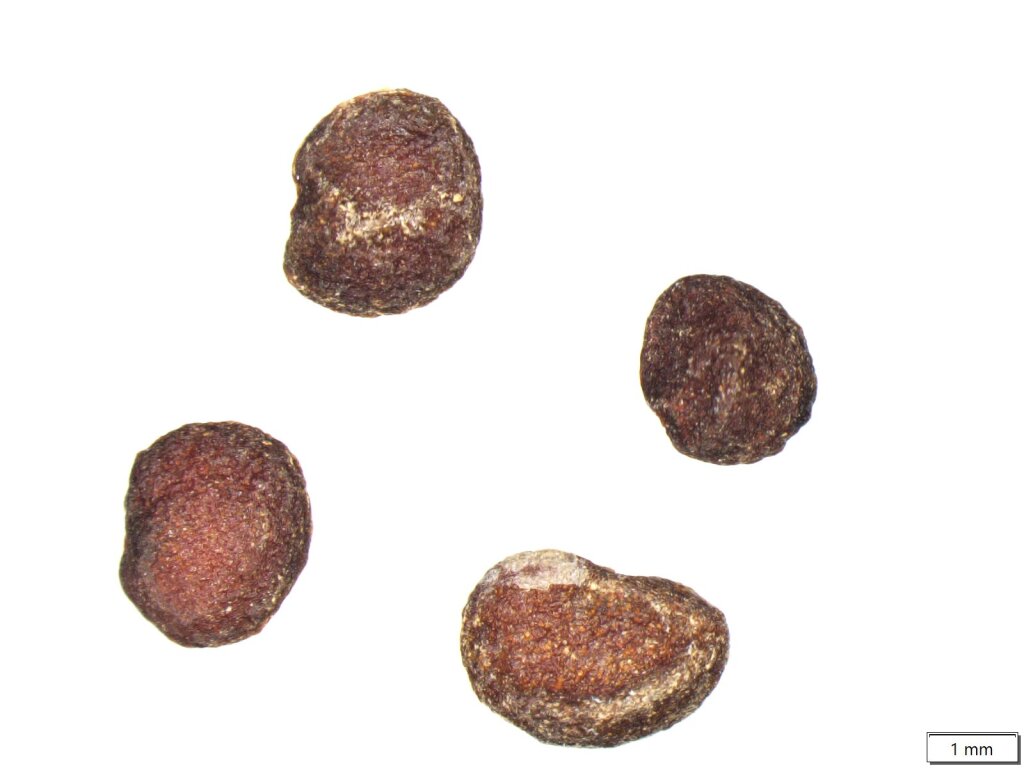Billardiera scandens
Sm. Common Apple-berryAscending shrub, sometimes with stems climbing, young stems densely villous. Leaves sessile, oblong to narrowly elliptic, thickish, 18–80 mm long, 3–18 mm wide, pubescent; margins recurved, often undulate. Flowers solitary, or in pairs or 3s forming terminal cymes; pedicels stout, 5–12 mm long, not or hardly extending in fruit, erect or pendent; sepals lanceolate, 4–9 mm long, sparsely pilose to villous; corolla glabrous, 12–23 mm long, obconical, with acute to acuminate lobes free to the base, slightly spreading most of their length, yellowish, tinged pink with age; stamens and style usually c. two-thirds as long as corolla; ovary villous. Berry plump, c. 1–3 cm long, densely villous, green or yellowish; seeds broadly cylindric, flattened or plano-convex, 2–3 mm long. Flowers Nov.–Feb.
LoM, Wim, GleP, Brid, VVP, VRiv, GipP, OtP, WaP, Gold, CVU, GGr, DunT, NIS, EGL, EGU, WPro, HSF, HNF, OtR, Strz, MonT, HFE, VAlp. Apparently uncommon in Victoria, occurring chiefly in dry open-forests and woodlands in the north-east (Beechworth, Whitfield etc.), with isolated occurrences near Mt Macedon, Eltham-Hurstbridge area, Eildon and Orbost.
The distinction between this species and Billardiera mutabilis can be challenging, and the two taxa may be better recognised at infraspecific rank. In Victoria, B. scandens is distinguished by its villous fruits, short, stout pedicels that tend to remain somewhat erect, shrubbier habit and recurved leaf margins. However, intermediates with moderately hairy fruits and stout, often erect pedicels c. 15 mm long can be found where the two co-occur (e.g. Beechworth, Snowy River and Lake Hume). See note on application of names under B. mutabilis.
Walsh, N.G.; Albrecht, D.E. (1996). Pittosporaceae. In: Walsh, N.G.; Entwisle, T.J., Flora of Victoria Vol. 3, Dicotyledons Winteraceae to Myrtaceae, pp. 526–539. Inkata Press, Melbourne.
 Spinning
SpinningCayzer, L.W.; Crisp, M.D.; Telford, I.R.H. (2004). Cladistic analysis and revision of Billardiera (Pittosporaceae). Australian Systematic Botany 17(1): 83–125.



